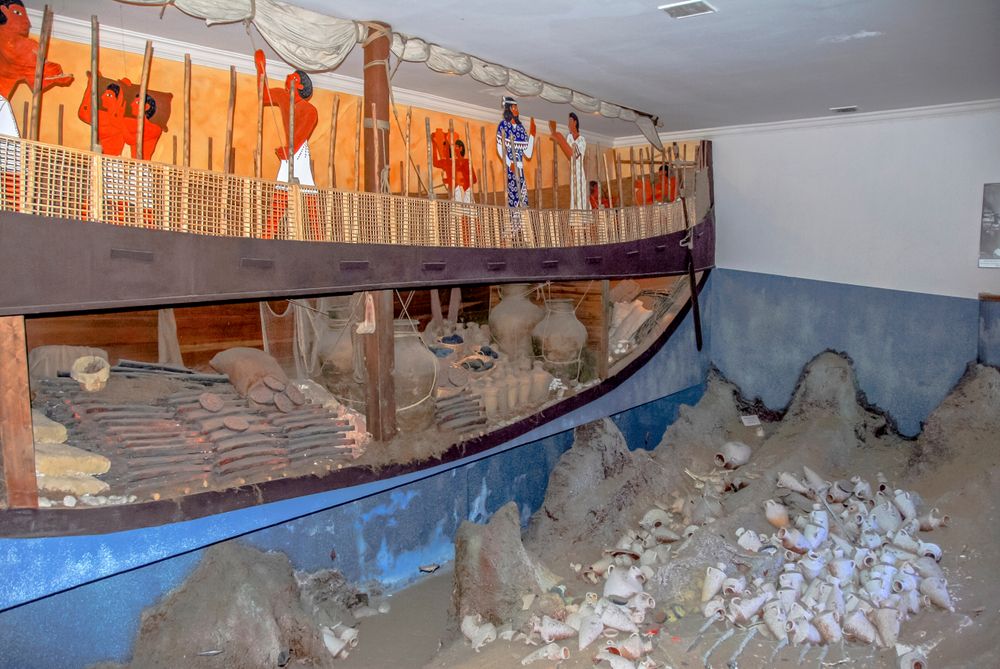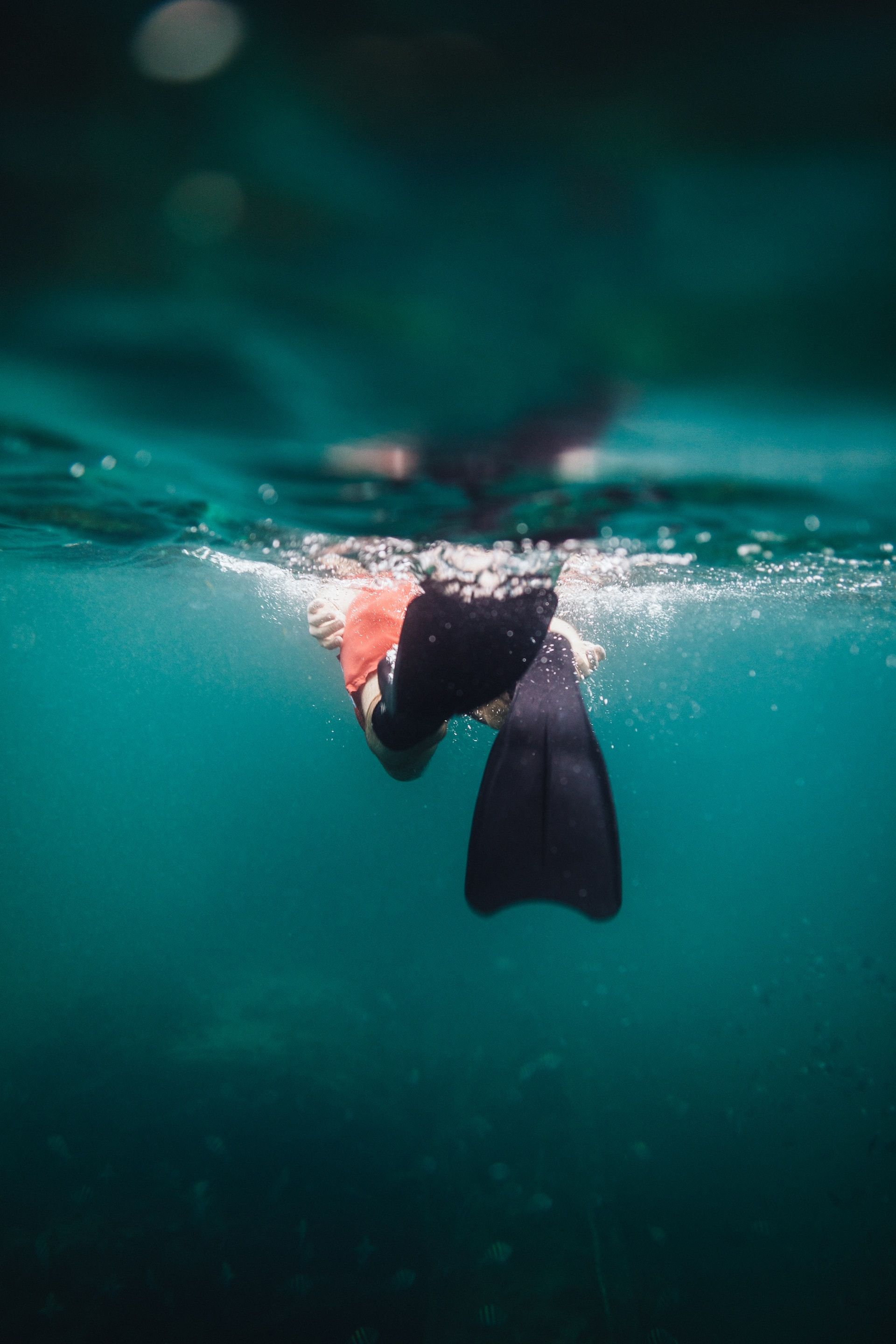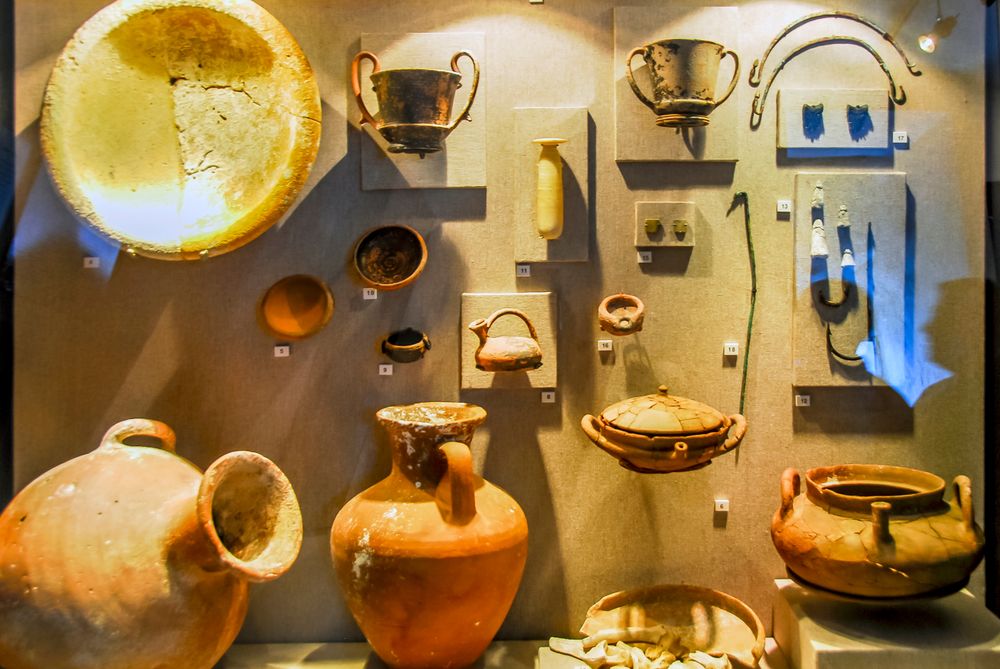Summary
- Shipwrecks offer insight into historical tales, struggle, survival, and cultural interactions of our ancestors, revealing the history of fates for future generations.
- The Uluburun shipwreck, discovered off the Turkish coast, contained a variety of priceless cargo including ingots of copper and tin, luxury products, and personal items, providing a unique window into the Bronze Age.
- The Uluburun shipwreck is one of the oldest shipwrecks in the world, but not the oldest. Other mysterious ancient shipwrecks have been found globally, including the Dokos wreck dating back to around 2200 BC.
Many poets and writers became famous after narrating tragic stories of shipwreck incidents where people lost their lives or their families in the depths of the oceans or seas. Shipwrecks are important finds that reveal historical tales and aid in the historical puzzle-building process. They offer an insight into the lengthy histories of struggle, survival, and the history of fates for the next generations. They provide evidence of the commercial and cultural interactions of our ancestors. The UN estimates that there are around three million shipwrecks scattered throughout ocean and sea floors.
Tourists can dive into the water of Lake Erie one of The Great Lakes, home to nearly 6,000 shipwrecks that have claimed the lives of over 30,000 seafarers. Lake Mead is also a hub of several shipwrecks, and DiscoverSea Shipwreck Museum is a must-visit museum in Delaware. Numerous ships have perished over the course of countless years. However, both history buffs and other tourists are fascinated by these mysterious and precious shipwrecks. Some are easily accessible while others need a lot of expertise. Here is one of the oldest shipwrecks ever discovered and what to know about it.
An Overview Of Uluburun Shipwreck
A Turkish sponge diver discovered what he called "metal biscuits with ears" in 1982 off the Turkish coast of the Mediterranean at Kaş. The discovery was an exclusive cargo from the Late Bronze Age, offering priceless archeological proof of the precious presents that kings, heads of state, and affluent merchants traded.
Over 22,000 dives to depths greater than 150 feet (45.72 meters) were made over the 11 seasons between 1984 and 1994 that INA spent excavating the Uluburun shipwreck, one of the oldest shipwrecks in the world.
What Was Found On The Uluburun Shipwreck?
The bulk cargo being transported by the Uluburun ship was ingots of copper and tin, which are typically mixed to make bronze. Other cargo includes earthenware, as well as luxury products like gold and semi-precious stone jewelry, carved ivory vessels, and agate and carnelian semi-precious stone jewelry.
These things were all meant for a very specialized and rich audience. Glass ingots, ostrich eggshells, unfinished elephant tusks, and faience beads were some of the imported raw materials.
Personal items like guns, kitchen utensils, balance weights, and musical instruments like lutes with tortoise-shell sound boxes indicate that the ship was manned by a Syro-Canaanite crew and carried a number of people from the Greek mainland.
Aside from the priceless cargo, several stone anchors and a small portion of the hull were also found, both of which are crucial for understanding the history and evolution of ancient shipbuilding. The ship itself was constructed using pegged mortise-and-tenon joints and Lebanese cedar, which was esteemed in antiquity, and it had a proto-keel rather than a genuine keel.
The cargo and hull remnants of the Uluburun catastrophe have been carefully studied, offering a unique window into the Bronze Age's material cultures and various building, trade, and transportation-related practices. In general, the tremendous maritime activity, as is typified by the ship that sunk at Uluburun, was the only way the Mediterranean could have become so interconnected during this period.
What was the most significant item on the Uluburun shipwreck?
As for the most valuable treasure on the Uluburun shipwreck, that would be copper oxhide ingots, smelted copper.
Where Is The Uluburun Shipwreck Now?
Kas has more than 30 diving sites and is renowned for its clean waters, pleasant climate, and varied marine life. Tourists are recommended to dive into the well-known Uluburun Shipwreck, a 14th-century BC trade ship that offers a fascinating look into history as they swim amid its treasures.
It is a must when visiting Kas. If tourists do not like to dive, or they are in Turkey but do not have time to pass by Kas, they can see the Uluburun Shipwreck exposition at the Bodrum Museum of Underwater Archaeology.
- Where is the Uluburun shipwreck now? The shipwreck is at the Bodrum Museum of Underwater Archaeology in Turkey.
- Location: Çarşı Mh., 48400 Bodrum/Muğla, Türkiye
- Entrance fee to the museum: 20 YTL ($0.74) per person
Is Uluburun The Oldest Shipwreck Ever Discovered?
The Uluburun shipwreck is one of the oldest, but not the oldest shipwreck in the world. Some more mysterious ancient shipwrecks have been found around the world.
The discovery of several renowned shipwrecks in Greek and Turkish waters is to be attributed to the late Peter Throckmorton, a photojournalist with a particular interest in historical shipwrecks. The Dokos wreck, among others, is regarded to be the oldest shipwreck discovered to date.
According to the pottery it carried, it predates around 2200 BC. In 1975, Peter found it at a depth of 15 to 30 meters (49 to 98 feet) close to the Greek island of Dokos.






